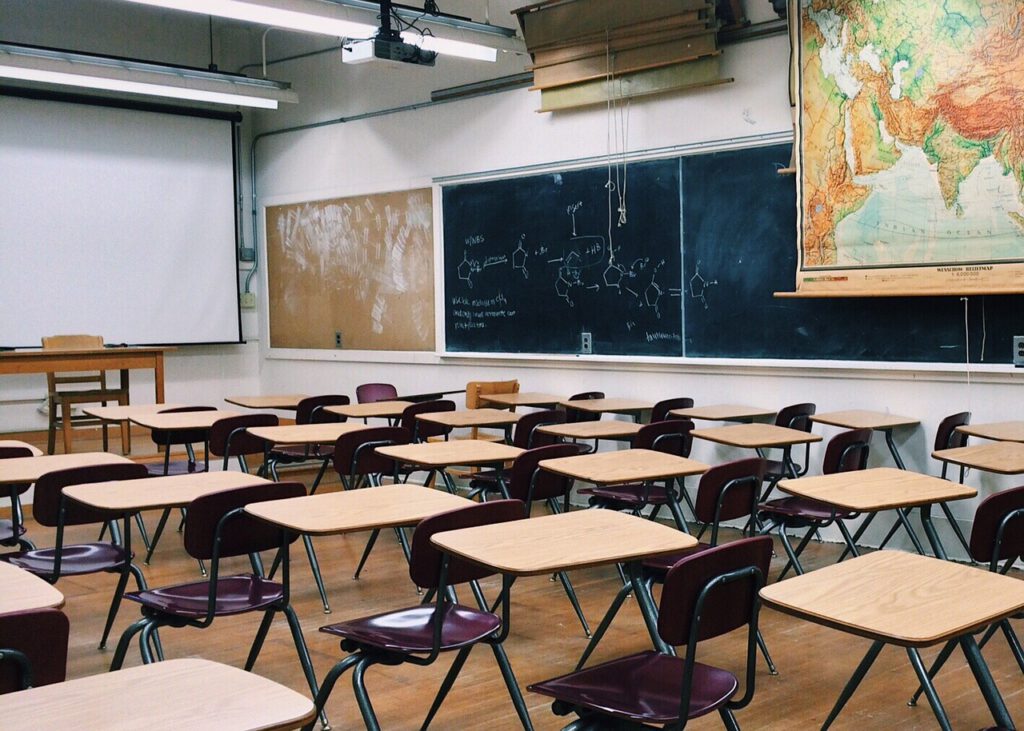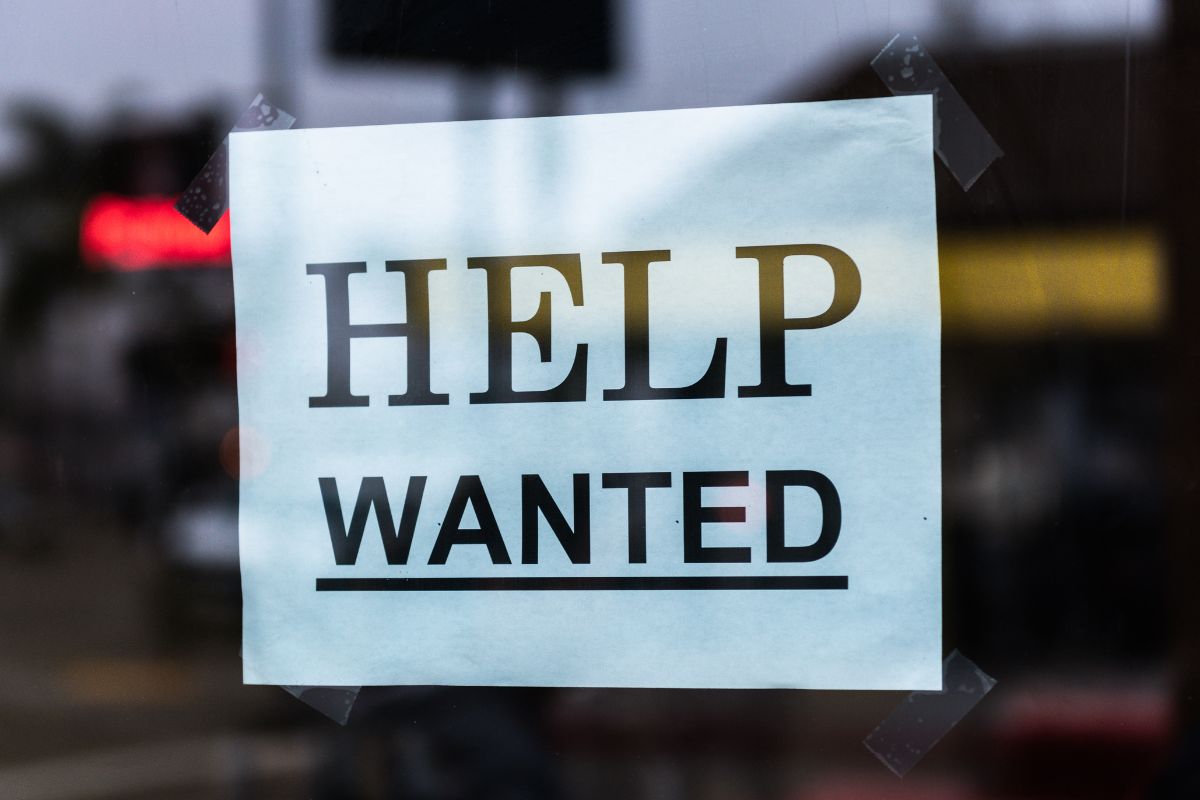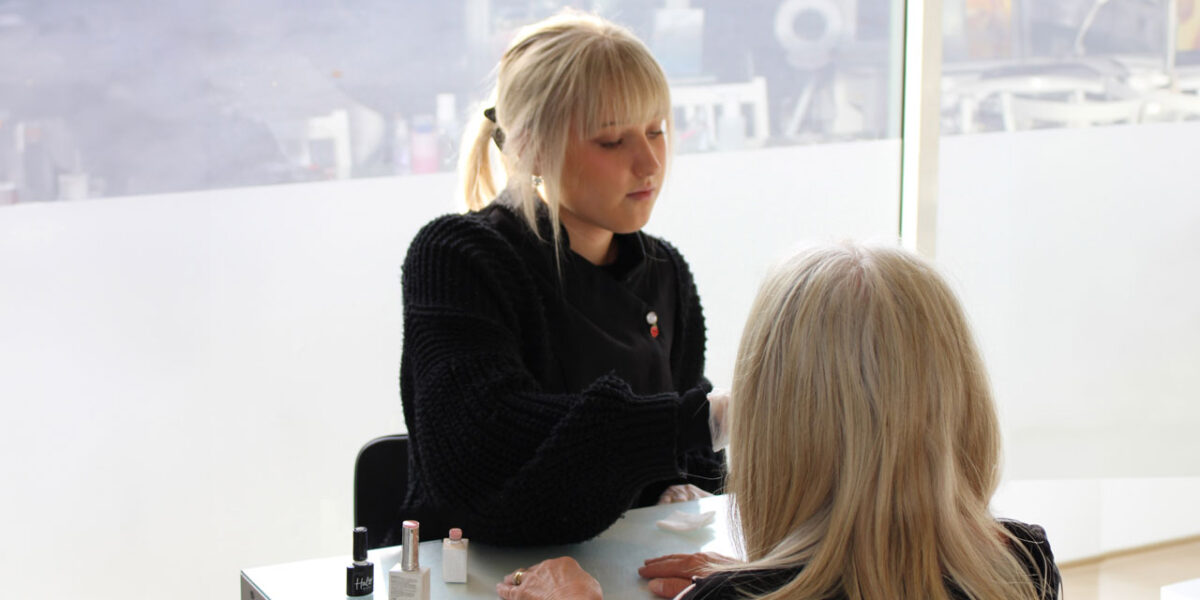How to Get Education in Sync with the Low Touch Economy

As the days go by, it’s starting to feel like life won’t be the same again for the foreseeable future—at least not like it was before the start of March. With the ‘new normal’ no longer a short-term buzzword, how do institutes like schools, colleges, and universities adapt to avoid another controversy like the recent exam results fiasco?
The phrase ‘Low Touch Economy’ has been coined by experts to describe how businesses will need to operate after lockdown, regardless of sector. With education’s battle with the virus well documented, we’re going to look at ways in which schools and other academic institutes can function with safe processes in place.
What is the Low Touch Economy?
The Low Touch Economy is the work and idea of the Board of Innovation. It predicts a new process that all businesses, regardless of sector, will need to work towards in order to remain safe and accessible in a post-lockdown world.
The model focuses on the need to operate at distances, using technology as a way to stop physical human contact. It highlights the need to increase hygiene awareness and practices. In a nutshell, the Low Touch Economy is the ‘new’ normal, and everyone must adapt to it from an economical point of view.
So, how can the education sector prepare for the Low Touch Economy?
Supplies for teachers to help protect students
Regardless of what sector you’re in, good preparation is crucial. Ensuring classrooms and lecture theatres stay cleaner than ever before is a must, not a nice-to-have. Don’t just rely on cleaners either—you need to be prepared to wipe down surfaces and sanitise your hands on a regular basis while making sure students follow this routine too.
Stocking up on cleaning products, such as antibacterial spray, bin bags, and disposable gloves will promote a safe environment and educate students who may be young or on the reluctant side to keep practising good habits.
Place hand sanitiser stations around the institute for teachers, students, and staff to use—with the stations placed at the entrance, exit, and other key areas within the building. Blue roll is another useful option for fast-paced environments like classrooms, as it can be used and disposed of hygienically.
Reducing classroom contact as much as possible
As well as keeping education premises clean, you will want to keep students, teachers, and any other member of staff spaced two metres apart, or one metre if this isn’t achievable. Having stickers on the floor indicating two-metre distances is a great way to not only guide students and staff but also to remind them to keep a safe distance from others.
Introducing a one-way system will keep everything running like clockwork without causing too many hold-ups along the way. It also means people don’t need to worry about accidentally bumping into someone going the other way when they turn around.
Desk space should also follow the two-metre rule where possible, or at least one metre if that’s not achievable.
In a technologically advanced world, now is the perfect time to look into upgrades and new ways to keep teaching if outbreaks of the virus continue when the education sector goes back to face-to-face learning. We’ve seen how travel has been ‘stop start’ from a quarantine point of view, so it’s important teachers and governing bodies plan for a possible second string of closures.
Local lockdowns may see students getting the right educational support in one part of the UK, but in the other, young people could be forced to go back home and be at the will of parents who are trying to juggle their own work schedule.
Lowering the amount of human contact along your business’ supply chain may seem like a painful decision to make, but in terms of hygiene, opting for robotic and automated workers presents a perfect no- to low-touch environment.
Staggered teaching
You may well have a small space for your classroom. In this case, a one-way system may not be the most practical, nor will you be able to keep your students two metres apart. If this is the case, other than running the risk of further closures, another option could be to run a rota system for students—a bit like we’ve seen with office workers across the UK.
A system where some students are in the classroom and some are at home dialling into a video call may well be a case of ‘needs must’ to try and help prevent the spread of a virus that’s already caused problems for the sector.
Promethean’s State of Technology in Education report showed that twice the number of respondents were leaning towards using technology to teach students in 2019/2020, and the number will no doubt increase for 2021 as teachers get their heads around the safest ways possible to teach their students.
It’s a trying time for everyone right now, but for the education sector, the willingness to adapt and let go of old processes could be the difference between thriving or going through another rough period where headlines are made for the wrong reasons. Preparation is key, especially with schools and the like ready to go back in September.
Sources
https://www.boardofinnovation.com/low-touch-economy/
https://www.fulcare.co.uk/standard-centrefeed-roll-blue-150m-19cm-2ply-6-unit.html











Responses